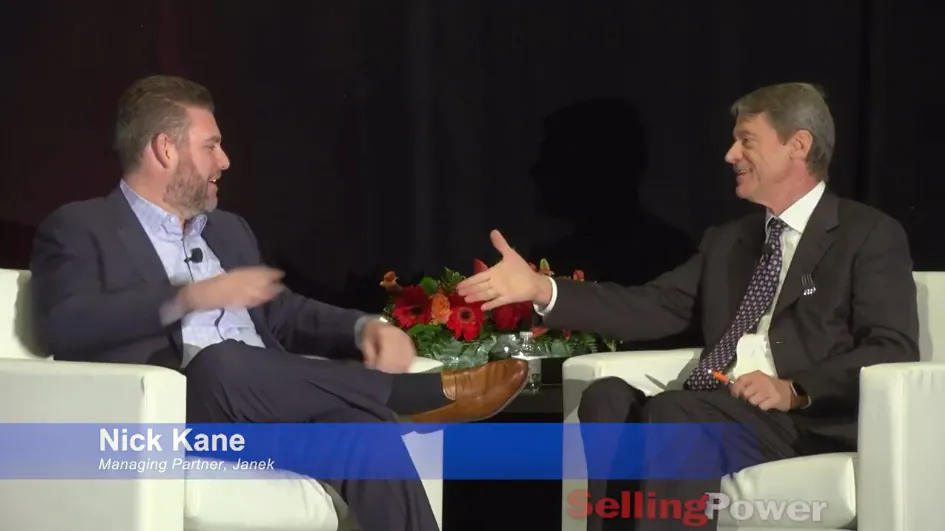Should You Sell to the Decision Maker or the Influencer?

Have you ever encountered a decision maker who couldn’t commit to a decision to buy? Probably most of us who sell B2B have come across such a scenario and learned the hard way that sales are often more complex than anticipated, even if you’ve followed your sales processes to a T. Because quite frequently, purchasing decisions are made by more than just one single individual.
Why are decision makers at the top of the prospecting pyramid?
Historically, sales representatives have devoted their energy and efforts by targeting and connecting with decision makers, oftentimes senior executives, they believe have the ability to finalize and approve purchases on their own. The assumption goes like this: the higher-up the food chain I go, the more likely it is that a decision maker in a leadership position will comprehend the cost and time-savings benefits of my solution, and thus, champion its implementation.
Without discrediting this, the truth is that the buyer decision-making process is often much more intricate. Many “decision makers” won’t come to a decision until a group of “influencers,” i.e. technical experts, end-users, or the procurement department, have had a chance to weigh in, analyze, and provide their assessment of the solution.
What is the influencers’ role in the purchasing process?
Influencers are individuals who have the ability to sway decision makers to go one way or another during the purchasing process. They are professionals who will demo your products and services and will develop a more detailed understanding of your solutions’ strengths and weaknesses.
In short, influencers will be active in the vetting process and evaluate your solution from their point of view. Because of that, it is absolutely imperative that you understand the impact your solution will have on each end user group. For example, the benefit of a retail POS system for a store clerk might be its easy-to-use touchscreen interface; accounting will appreciate its wireless data transmission capabilities; the purchasing department will value its built-in inventory tracking management and reporting solution.
Failure to provide a solution that resonates with all influencers can lead to a missed opportunity, so it’s important not to underestimate the power that influencers can wield during the sales process.
What steps can you take to win influencers over?
Clearly, there are some important reasons why you should include influencers in your sales efforts. Recognizing this is equally important as identifying which influencers will have the strongest impact on the purchasing process in order to keep them engaged. Below are five steps to help you establish a rapport with key influencers.
- Research each customer to find out exactly what steps are required to finalize a purchase.
- Identify key people the decision maker will depend on to review your solution.
- Include the influencers in your targeted outreach efforts.
- Pay special attention to influencers who could turn out to be evangelists for your product.
- Find out which influencers are likely to resist your solution and think of ways to overcome their objections.
The Bottom Line
Never underestimate the power that influencers can have in the decision-making process. Decision makers rarely make decisions without considering the input of influencers. Exclusively targeting decision makers while failing to reach out to influencers may render your sales efforts less effective. By focusing on both groups of individuals and following the five steps above, you will increase your odds of building long-term business relationships.

- Account Planning (16)
- Awards (42)
- Client Testimonial (37)
- Personal Branding (21)
- Podcast (12)
- Research (77)
- Sales Career Development (90)
- Sales Coaching (165)
- Sales Consulting (141)
- Sales Culture (181)
- Sales Enablement (380)
- Sales Leadership (112)
- Sales Management (268)
- Sales Negotiation (11)
- Sales Prospecting (136)
- Sales Role-Playing (19)
- Sales Training (242)
- Selling Strategies (279)
- Soft Skills (78)
- Talent Management (101)
- Trusted Advisor (29)
- Virtual Selling (57)
- Webinar (13)

























